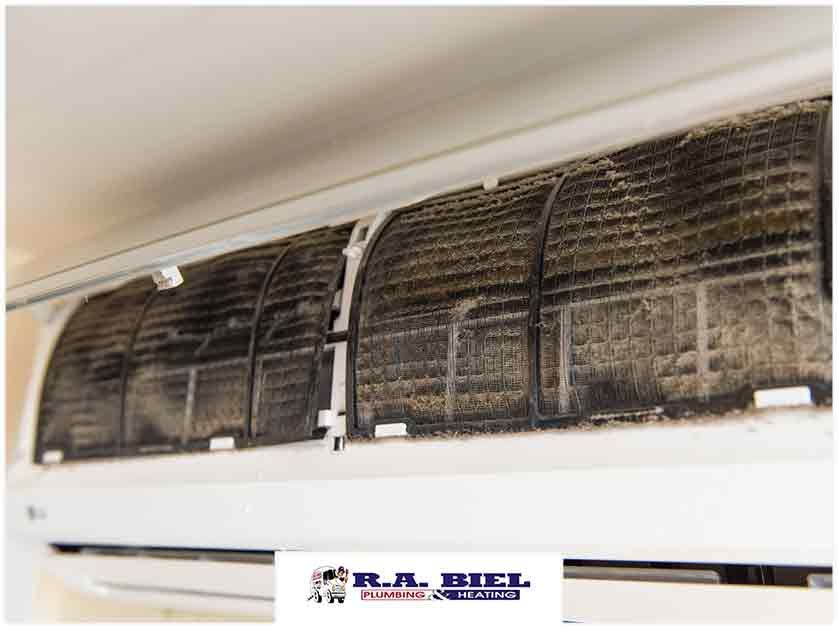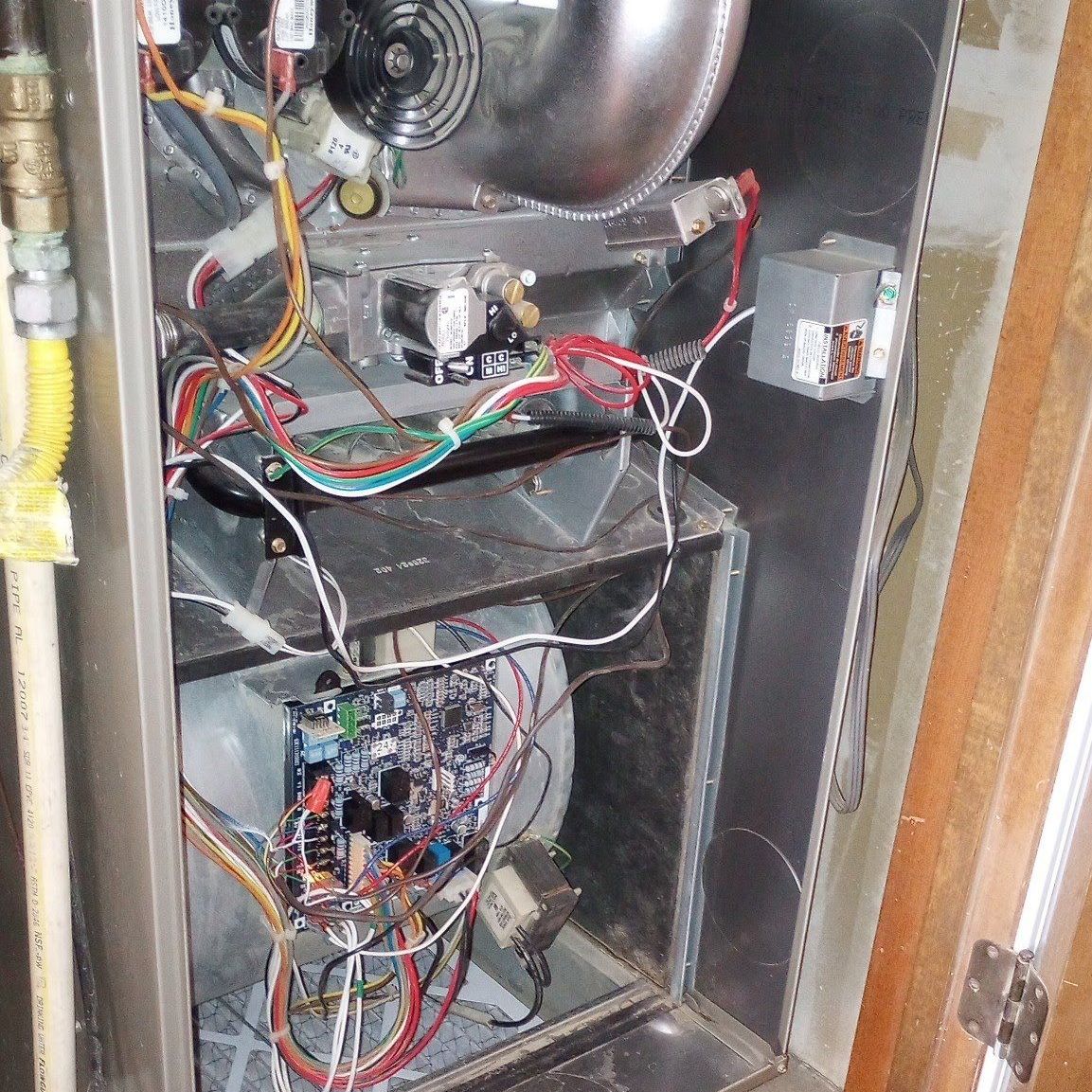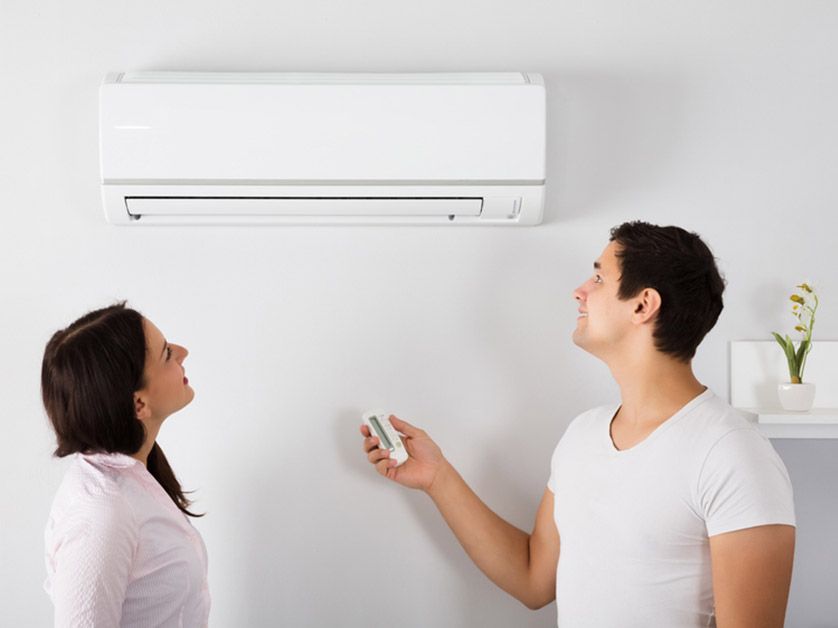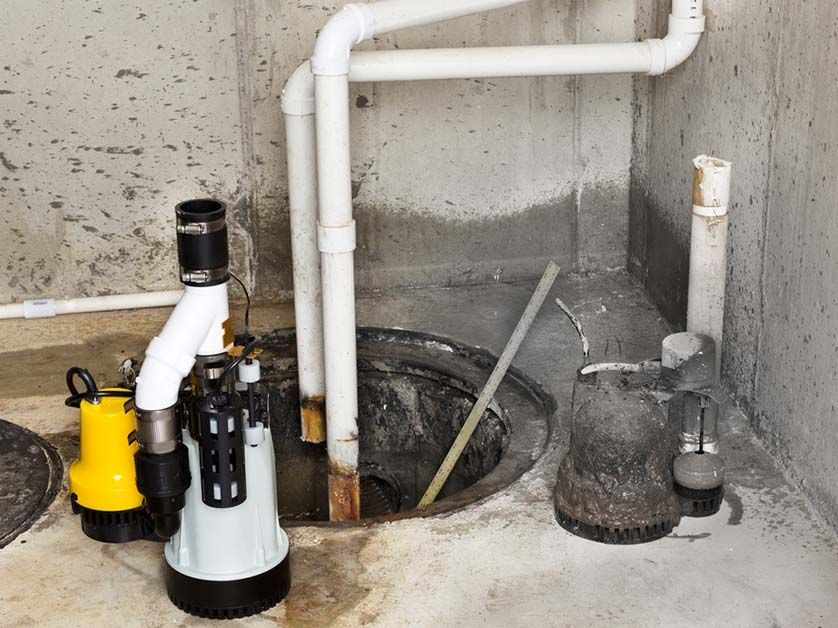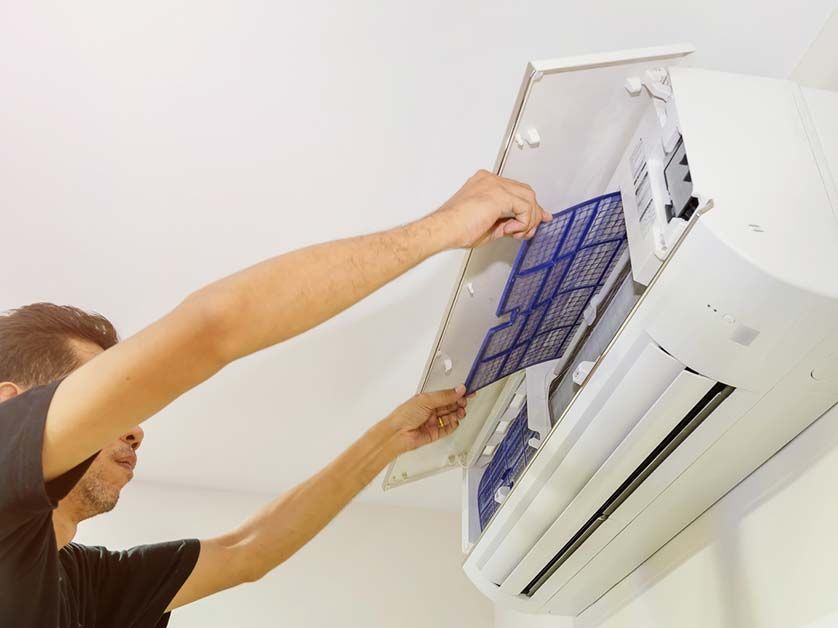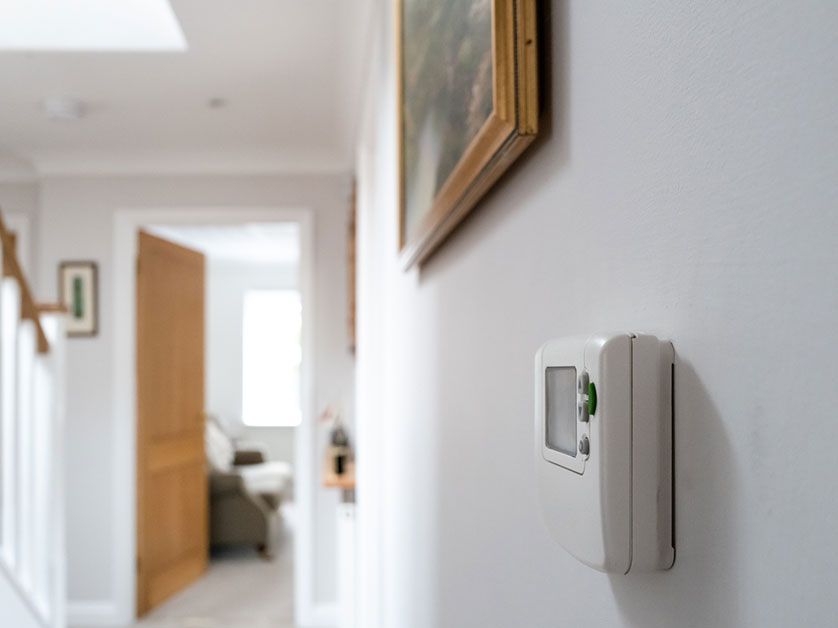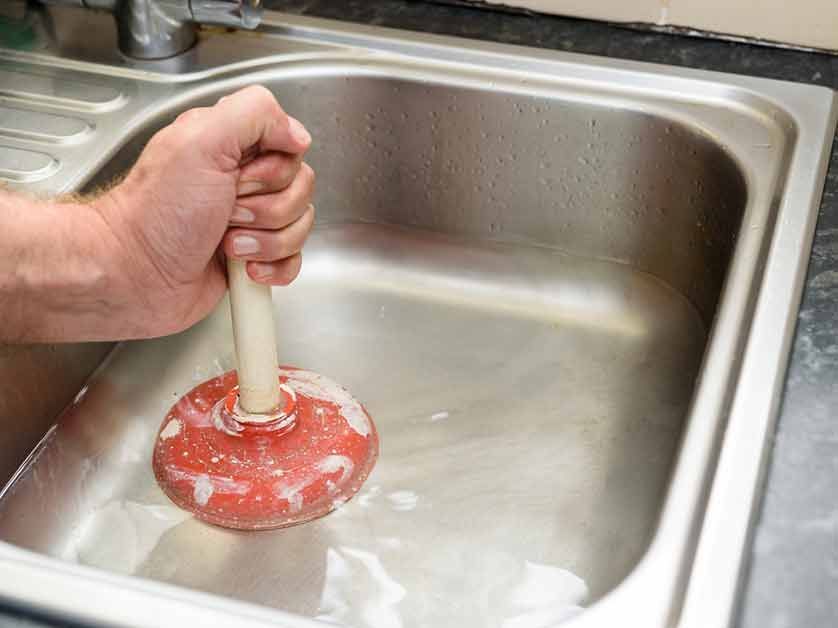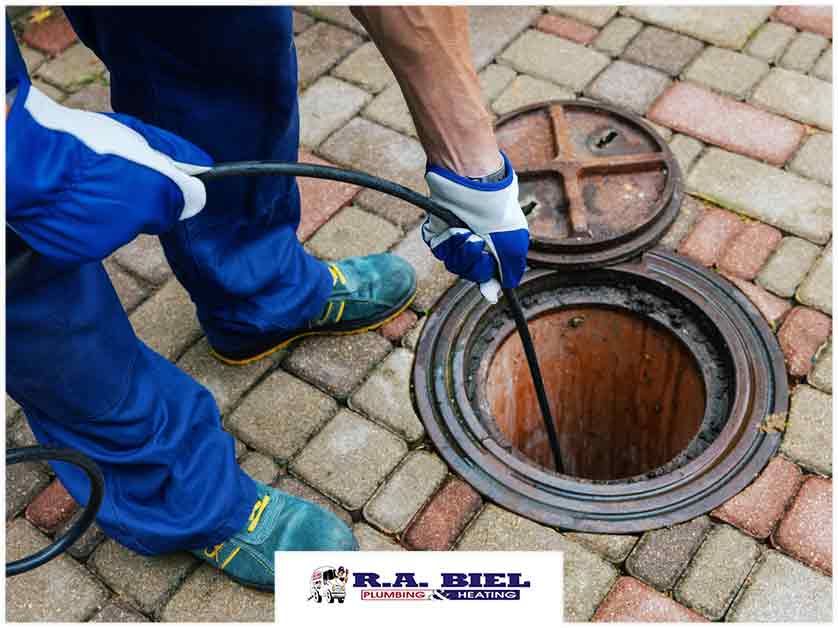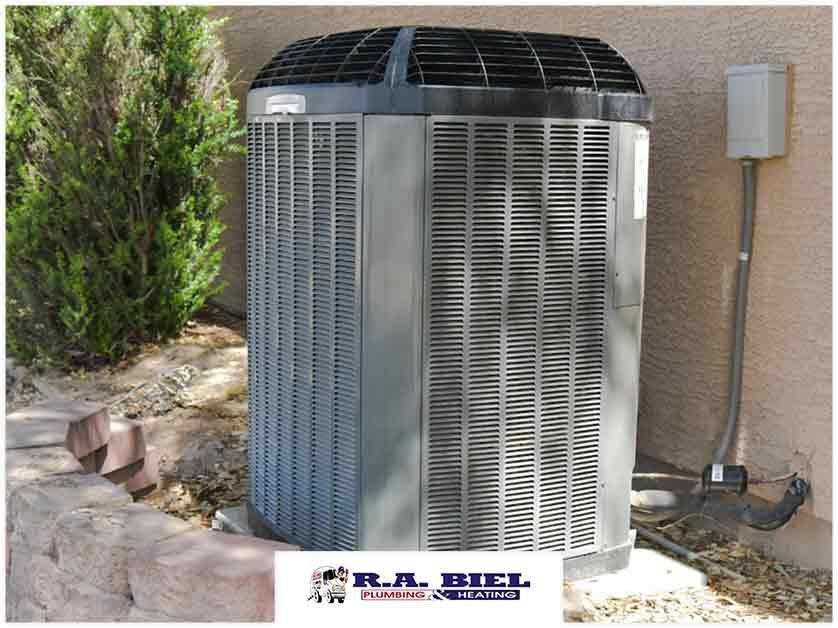What Causes a Sewer Backup and How to Prevent It
A sewer backup is something that you want to avoid at all costs. Such a thing occurs when wastewater doesn’t properly drain away from your home due to an obstruction or damage. This problem commonly occurs in the main sewer line that connects the house to the municipal sanitary sewers. When not addressed immediately, wastewater will continue to fill your sewer lines and drainpipes, resulting in a backup.
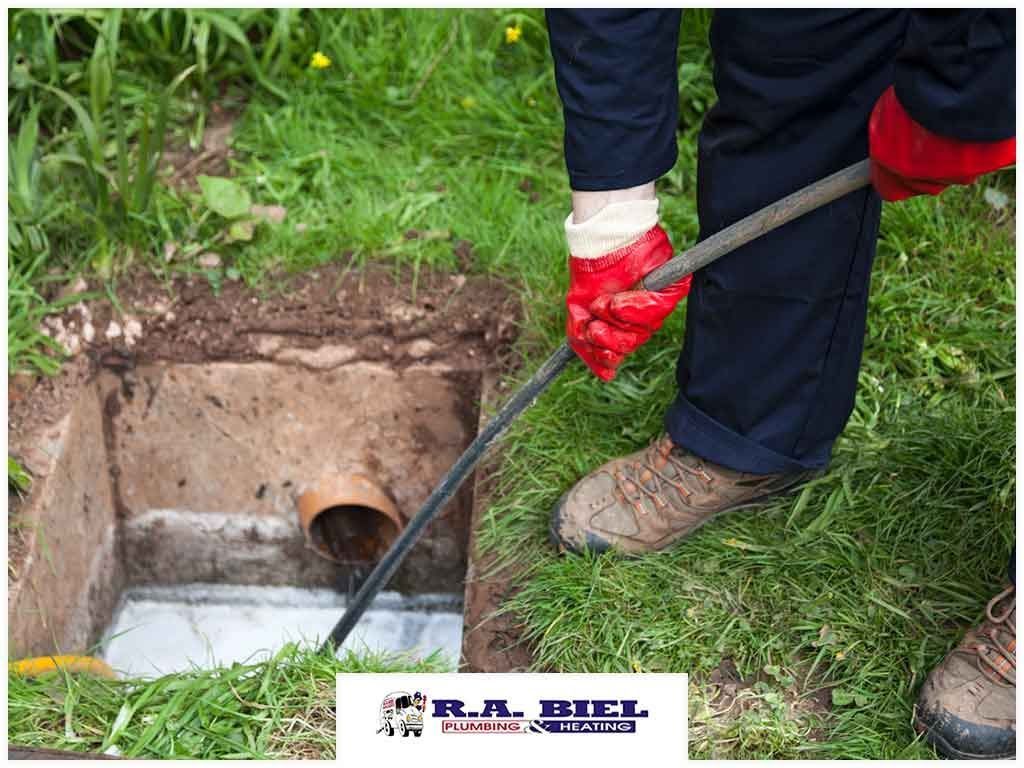
Find out what can cause a sewer backup and get tips on how to prevent it from a trusted new air conditioning and plumbing installation expert.
Common Causes of a Sewer Backup
Old Sewer Systems
Sewer pipes are usually made of PVC, cast iron, clay or Orangeburg. While these materials are durable, they aren’t meant to last forever. It’s inevitable for sewer pipes to deteriorate and eventually collapse as they age.
According to the American Society of Civil Engineers, the country’s 500,000-plus miles of sewer lines are at least thirty years old. The growing number of homes connected to aging sewage systems has also played a role in the rapid increase in sanitary sewer backups, overflows and basement flooding.
Gutters, Downspouts and Sump Pumps Routed Into the Sewer
There’s no issue with connecting your gutters, downspouts and sump pumps to storm sewers. However, routing them to your sanitary sewer can be dangerous or even illegal, depending on where you live. Huge amounts of water can flow through gutters and sump pumps during heavy storms. Sanitary sewers aren’t designed to handle such massive volumes of water, increasing the possibility of a backup.
Tree Roots in Sewer Pipes
Tree roots can travel far and pose risks to your home even if you don’t have trees on your property. Small tree and shrub roots can reach sewer line cracks and service pipe joints, causing significant damage and blockages as they grow. Once they get into the sewer lines, the sole way to get rid of them is by cutting the roots and then repairing or replacing the pipe.
Municipal Sewer Problems
When a blockage in the municipal sewer isn’t detected or addressed immediately, wastewater can back up into homes through floor drains. This problem typically occurs slowly and has no early warning signs. Call a plumbing repair expert as soon as possible if you notice seepage around the floor drains. Contact your local public works office and report the problem if water is rapidly entering your basement.
Signs of Sewage Backup
It’s easy for homeowners to miss the early signs of a sewer backup. Slow drains throughout your home are a strong indication that your sewer line is experiencing issues. When multiple drains are affected, you may have a serious sewer line problem that requires professional attention.
When waste backs up into another pipe when you flush the toilet or run a washing machine, it can also mean issues with the sewer drain. Waste that comes up and overflows drains in your home is a sign of a more severe issue.
In certain cases, your toilet may back up, causing dirty water to overflow onto the floor of the bathroom. This situation shouldn’t be taken lightly, as human waste creates a biohazard. You’ll need to have the area cleaned and sanitized if this occurs. Prevent anyone from using the plumbing until the issue has been professionally fixed. It would help to have the contact details of a local plumber on hand so you can call in case of emergencies like this.
How to Prevent a Sewer Backup
Get a Sewer Line Inspection
Hire a professional to check the condition of your sewer system every six to 10 years. Pros will look for signs of damage, cracks and clogs. They’ll clear and snake the sewer lines and may also use a camera to look for cracks in the pipes.
Clear Your Sewer Lines
Having sewer lines cleared every three to five years can help prevent backups. This process usually involves connecting a large vacuum to the sewer line cleanout. The equipment will remove blockages from the line, which aids in preventing clogs.
Be Mindful of What Goes Down the Drain
As much as possible, don’t put fats, oils, coffee grounds, rice, pasta and other solids down your kitchen drain. Pour used cooking oil into a heat-resistant container and dispose of it properly once it’s cooled down. When you pour grease down the drain, it will solidify as it cools, which can cause a clog.
Don’t flush diapers, paper towels, wet wipes, sanitary napkins and other products that don’t break up quickly. It would also help to use a hair catcher in your showers and tubs.
Route Gutters, Downspouts and Sump Pumps Properly
Never route gutters, downspouts or sump pumps into regular sewer lines. Make sure that they’re connected to storm sewers instead. If there are no storm sewers in your area, have them discharge above-ground, ideally at least six feet from the foundation.
Replace Old Sewer Lines
Back in the day, plumbers used cast-iron or clay pipes, which are more brittle than modern plastic piping. Tree roots can quickly penetrate these materials, and they’re also more prone to cracking due to shifting soil. Consider having your current sewer pipes replaced if you have old ones.
Newer plastic piping can also prevent tree root problems. Its smooth surface encourages roots to grow around it rather than through it. You can also contact a professional to get rid of the tree roots surrounding your sewer line. Don’t try to cut the roots yourself because you may end up harming the tree and could even cause more damage to the sewer lines.
Tackle Drainage Issues
Make sure that your plumbing system is up to code by getting a professional inspection. Correcting drain connection issues will help prevent basement flooding from rain storms and minimize the chances of a sewer backup. Also, if you’re planning on selling your home in the future, you’ll need to have these problems fixed before doing so.
At R.A. Biel Plumbing & Heating, Inc. we’re here to help with all your home plumbing needs. We also specialize in new heating system installation , air conditioner repairs and more. Call us at (505) 327-7755 or fill out our contact form to schedule a service.
The post What Causes a Sewer Backup and How to Prevent It appeared first on R.A. Biel Plumbing & Heating, Inc..
Our Recent Articles
